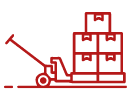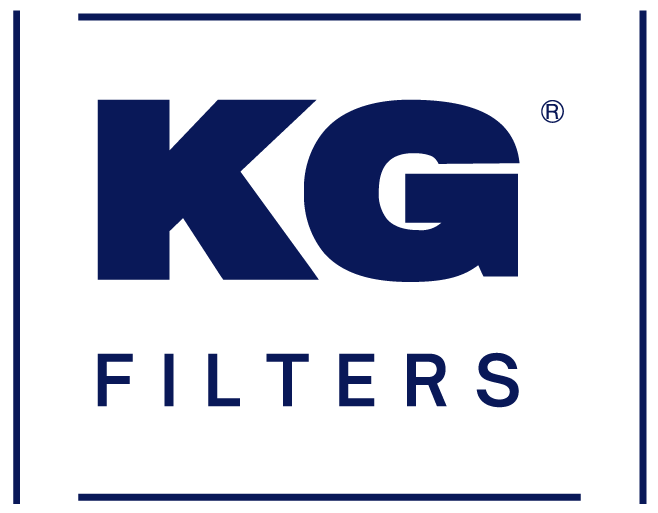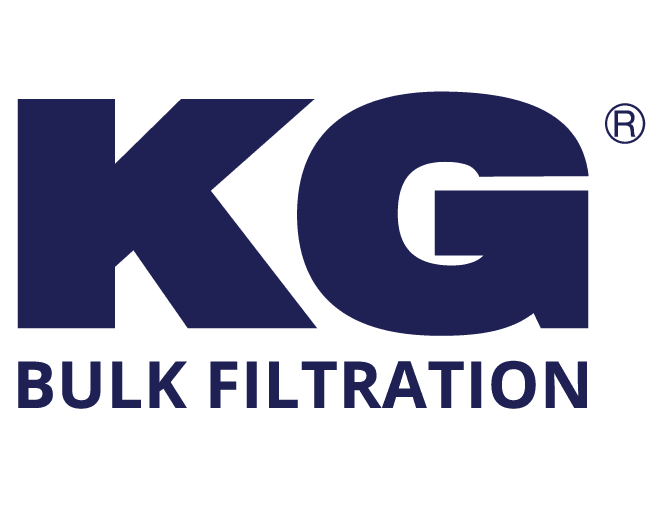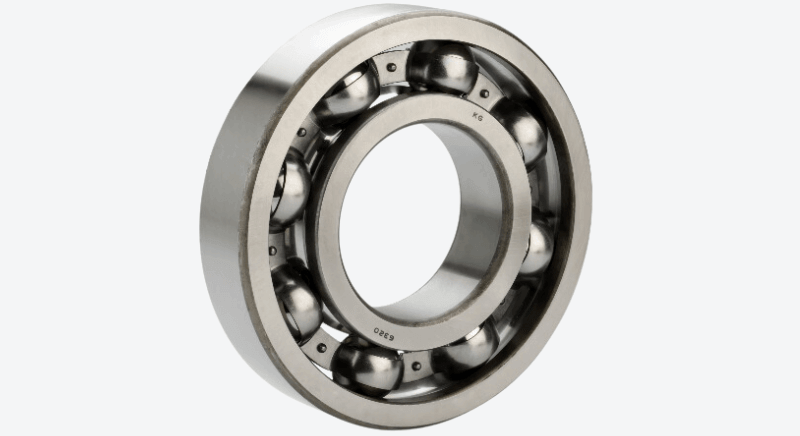Knowing if a bearing is in a usable state
In the realm of machinery maintenance and performance, the decision to reuse or replace Ball Bearings is a critical one. This determination hinges on multiple factors including the extent of bearing damage, the overall performance, its significance, operational conditions, and the frequency of inspections.
Regular scrutiny of bearings during equipment maintenance, operational checks, and while replacing adjacent components is essential. Such evaluations enable us to ascertain the viability of the bearings for further use and to assess their condition.
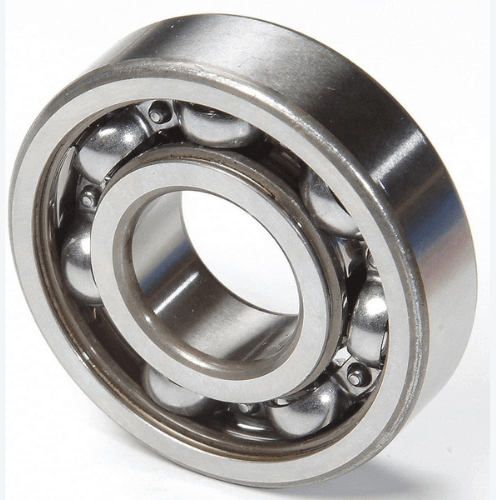
When it comes to identifying bearings that are no longer serviceable, certain defects are telltale signs that necessitate immediate replacement. These include:
- Cracks or debris present in any part of the bearing, including inner and outer rings, rolling elements, and cages.
- Peeling of any component, whether it be the inner or outer rings or the rolling elements.
- Obvious sticking on the raceway surfaces, ribs, or rolling elements.
- Significant wear on the cage or loosening of the rivets.
- Rust and scratches on the raceway surfaces and rolling elements.
- Clear indentations or marks on the rolling surface and rolling elements.
- Creep on the inner diameter surface of the inner ring or the outer diameter surface of the outer ring.
- Severe discoloration indicative of overheating.
- Extensive damage to the sealing ring and dust cover in grease-sealed bearings.
Monitoring bearings during operation is crucial for maintaining machinery health. The condition of a bearing can be evaluated based on several factors:
Bearing Noise: Utilizing a sound detector to monitor the noise level and quality of the bearing while in operation is effective. Even minor damage, such as peeling, can produce abnormal and irregular sounds, detectable by these instruments.
Bearing Vibration: Vibration is an extremely sensitive indicator of bearing damage. Issues such as spalling, indentation, rust, cracks, and wear are all reflected in the vibration patterns of a bearing. Specialized vibration measuring devices, like frequency analyzers, are used to gauge these vibrations. However, it’s important to note that vibration readings can vary based on the operational conditions of bearings and the sensor placement. Therefore, establishing a baseline for comparison from each machine is crucial for accurate assessment.
Bearing Temperature: The temperature of a bearing, often inferred from the external housing temperature is another vital metric. Direct measurement through the oil hole provides more accurate readings. Typically, bearing temperature gradually increases upon starting and stabilizes after 1-2 hours. This temperature is influenced by factors like the heat capacity, heat dissipation, speed, and load.
Abnormal temperature spikes, often due to improper lubrication or installation, necessitate immediate action to prevent potential hazards. Continuous monitoring using thermal sensors, which can trigger alarms or shut down the system if temperatures exceed safe limits, is a proactive approach to bearing maintenance.
In a nutshell, the decision to reuse or replace bearings is not one to be taken lightly. It requires a comprehensive evaluation of the bearing condition, considering various aspects like physical damage, operational noise, vibration patterns, and temperature changes.
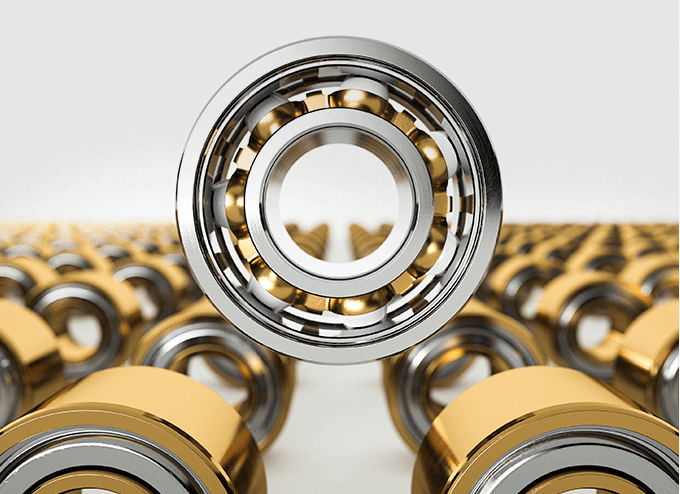
Regular inspections and the use of specialized diagnostic tools are essential in ensuring the longevity and safety of machinery. By adhering to these practices, one can effectively manage bearing maintenance, thereby enhancing machine performance, and preventing unforeseen breakdowns.
Also Read: Inside Out: Understanding the Anatomy of Self-Aligning Ball Bearings
For more details on bearings and to get a complete range of aftermarket products, please reach KG International!






